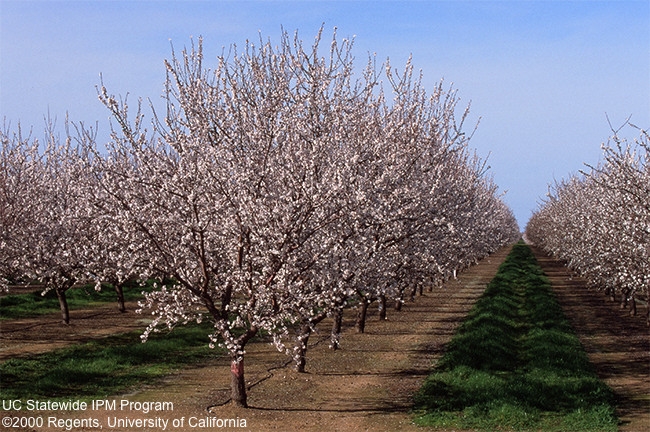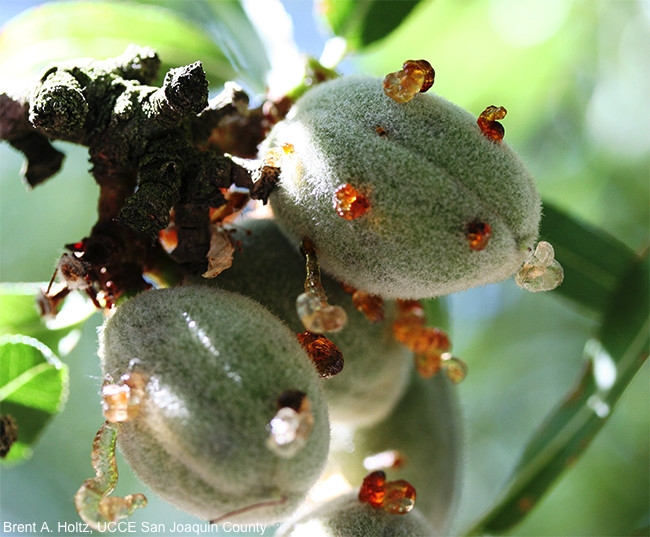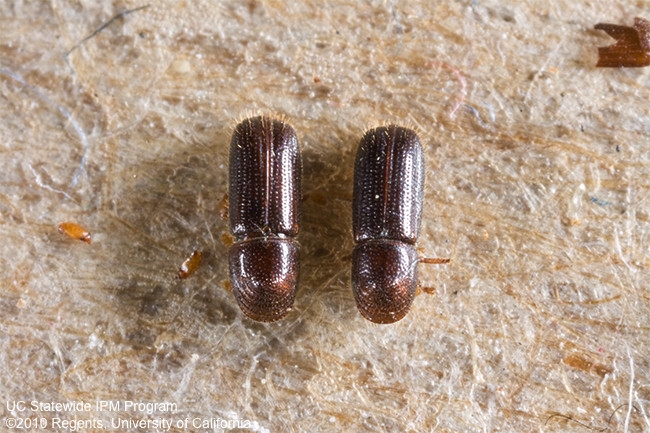‘Tis the season for baking lots of tasty treats. Breads, cookies, cakes, and candy are just a few that come to mind. What makes many of these treats so tasty is the addition of almonds or walnuts to the list of ingredients.
In California, we are lucky to be at the center of almond and walnut production. According to the California Department of Food and Agriculture's (CDFA's) latest Agricultural Statistics Review, more than 99 percent of the almonds and walnuts produced in the United States are grown in California.
Almond and walnut growers work tirelessly to supply enough nuts to not only satisfy domestic demand, but also for export. Worldwide, almonds rank as the largest specialty crop export. California is the top almond producer in the world, accounting for about 80 percent of all almonds grown. For walnuts, California ranks as the second largest producer in the world. To keep up with this demand, almond and walnut growers must be constantly aware of pests, diseases, and abiotic problems that can affect the tree and growing nuts.
The University of California Statewide Integrated Pest Management Program (UC IPM) has recently published revised Pest Management Guidelines for almonds and walnuts, helping growers prevent and manage pest problems with the most up-to-date information.
Revisions in the Almond Pest Management Guidelines include:
- A new section on bacterial spot, a new disease of almond in California found in the Sacramento and northern San Joaquin valleys
- A renamed section on fruit russeting, revised from the old powdery mildew section
- Significant revisions made to the management section of navel orangeworm, one of the major pests attacking California almonds
- Improvements on how to do dormant spur sampling section with easier-to-understand information on monitoring and thresholds
Revisions in the Walnut Pest Management Guidelines include:
- Updated information on the association between walnut twig beetle and thousand cankers disease
- New sections for Botryosphaeria and Phomopsis cankers, branch wilt, and paradox canker
- Significant changes to the walnut husk fly management section
Both the almond and walnut revised Pest Management Guidelines also include updated information on fungicide efficacy, weed management, and vertebrate management.
Authored by University of California specialists and advisors, the Pest Management Guidelines are UC's official guidelines for monitoring and managing pests in California crops. For more information on pest management in these or other crops, visit the UC IPM website.


